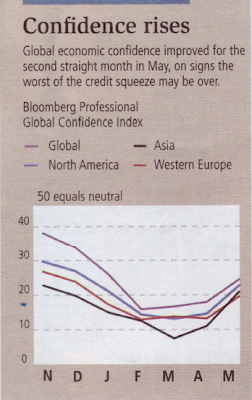| Entry Date | Entry Price | Exit Date | Exit Price | % Change | Draw Down % | Max Gain % | Bars Held |
|---|---|---|---|---|---|---|---|
| 6/1/1988 | 1006 | 6/30/1988 | 1093 | 8.62 | 0.00 | 8.62 | 18 |
| 6/1/1989 | 1279 | 6/30/1989 | 1308 | 2.23 | -5.64 | 2.82 | 21 |
| 6/1/1990 | 1556 | 6/29/1990 | 1527 | -1.85 | -2.13 | 0.79 | 20 |
| 6/3/1991 | 1566 | 6/28/1991 | 1490 | -4.84 | -4.84 | 0.00 | 17 |
| 6/1/1992 | 1511 | 6/30/1992 | 1481 | -1.95 | -2.27 | 0.81 | 20 |
| 6/2/1993 | 1895 | 6/30/1993 | 1803 | -4.88 | -9.14 | 0.27 | 20 |
| 6/1/1994 | 2280 | 6/30/1994 | 2225 | -2.43 | -3.65 | 1.29 | 21 |
| 6/1/1995 | 2180 | 6/30/1995 | 2093 | -3.97 | -5.35 | 1.80 | 21 |
| 6/3/1996 | 2332 | 6/28/1996 | 2296 | -1.55 | -2.78 | 0.65 | 18 |
| 6/2/1997 | 2065 | 6/30/1997 | 1988 | -3.74 | -4.68 | 0.07 | 20 |
| 6/1/1998 | 1254 | 6/30/1998 | 1067 | -14.94 | -17.74 | 0.00 | 21 |
| 6/1/1999 | 1910 | 6/30/1999 | 2168 | 13.49 | -0.37 | 15.88 | 21 |
| 6/1/2000 | 1810 | 6/30/2000 | 2038 | 12.61 | -0.04 | 15.72 | 21 |
| 6/1/2001 | 1663 | 6/29/2001 | 1727 | 3.79 | -1.08 | 3.79 | 20 |
| 6/3/2002 | 1677 | 6/28/2002 | 1553 | -7.38 | -9.34 | 0.27 | 19 |
| 6/2/2003 | 1367 | 6/30/2003 | 1448 | 5.92 | -0.13 | 11.43 | 20 |
| 6/1/2004 | 1787 | 6/30/2004 | 1838 | 2.83 | -1.13 | 3.22 | 20 |
| 6/1/2005 | 2169 | 6/30/2005 | 2213 | 1.99 | -0.08 | 2.82 | 21 |
| 6/1/2006 | 2394 | 6/30/2006 | 2435 | 1.71 | -4.86 | 2.17 | 21 |
| 6/1/2007 | 3548 | 6/29/2007 | 3548 | 0.02 | -1.89 | 2.94 | 20 |
Out of 20 June months, we have 10 winners and 10 losers. Interestingly from 2000 onwards, STI performed quite ok in June except for 2002 where it was down 7%.











